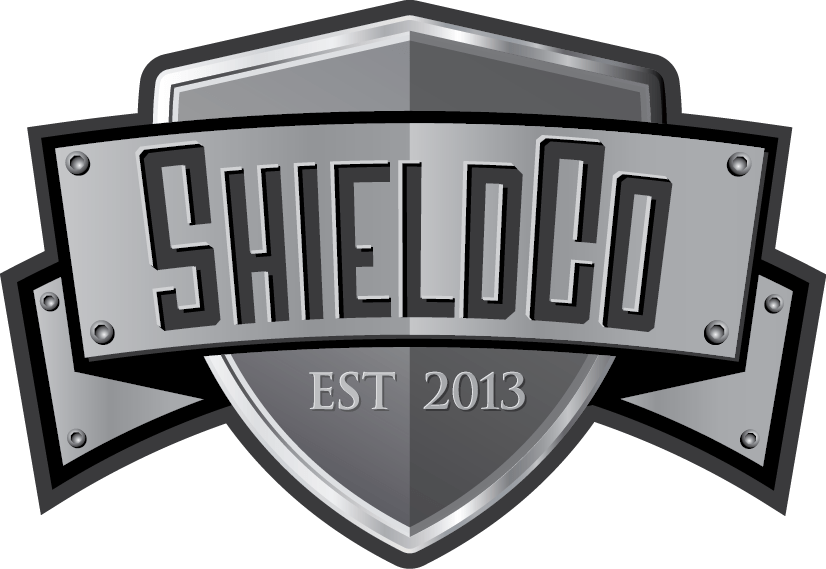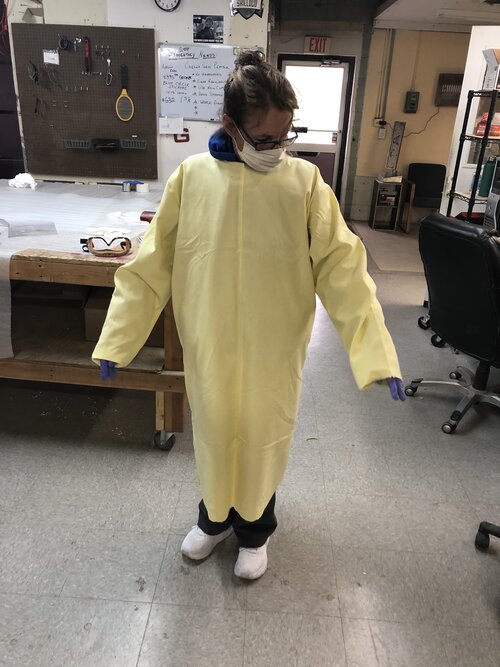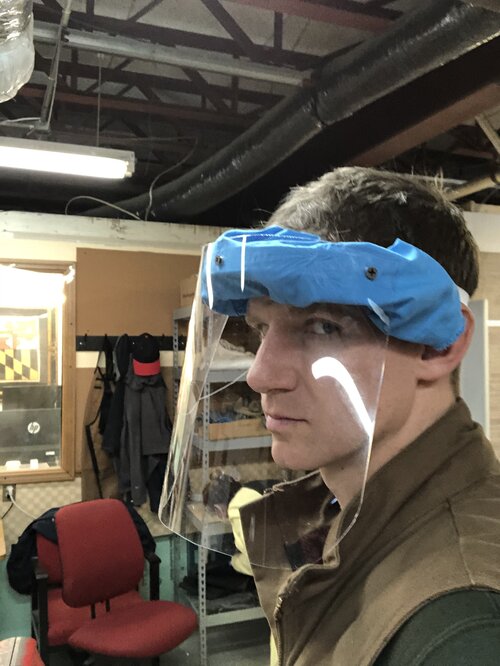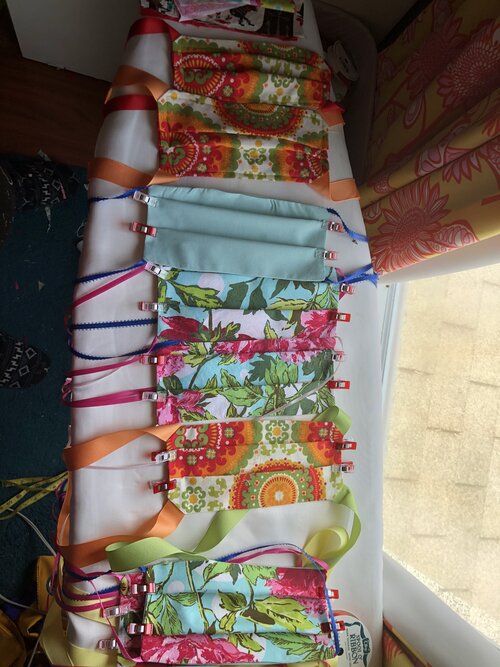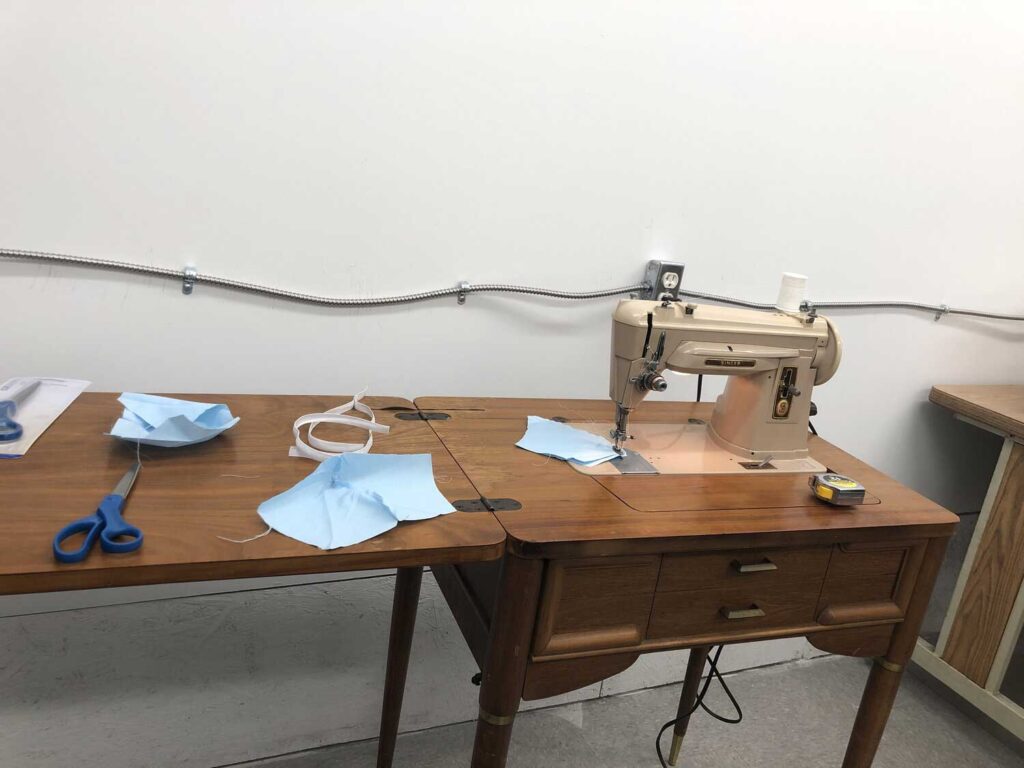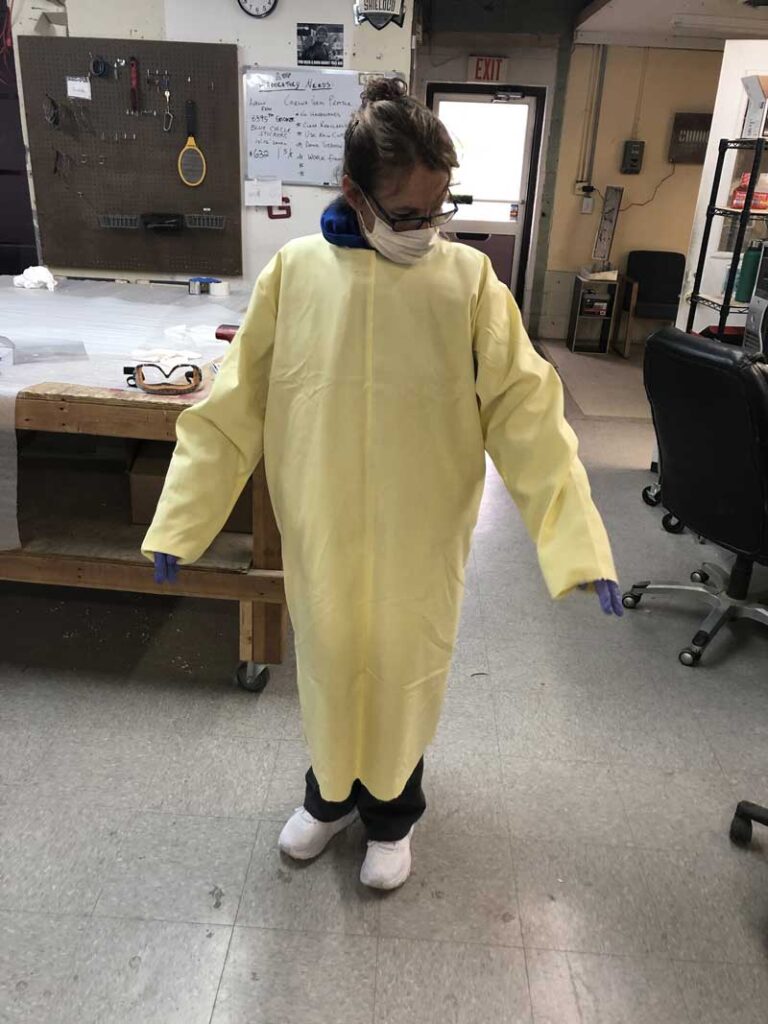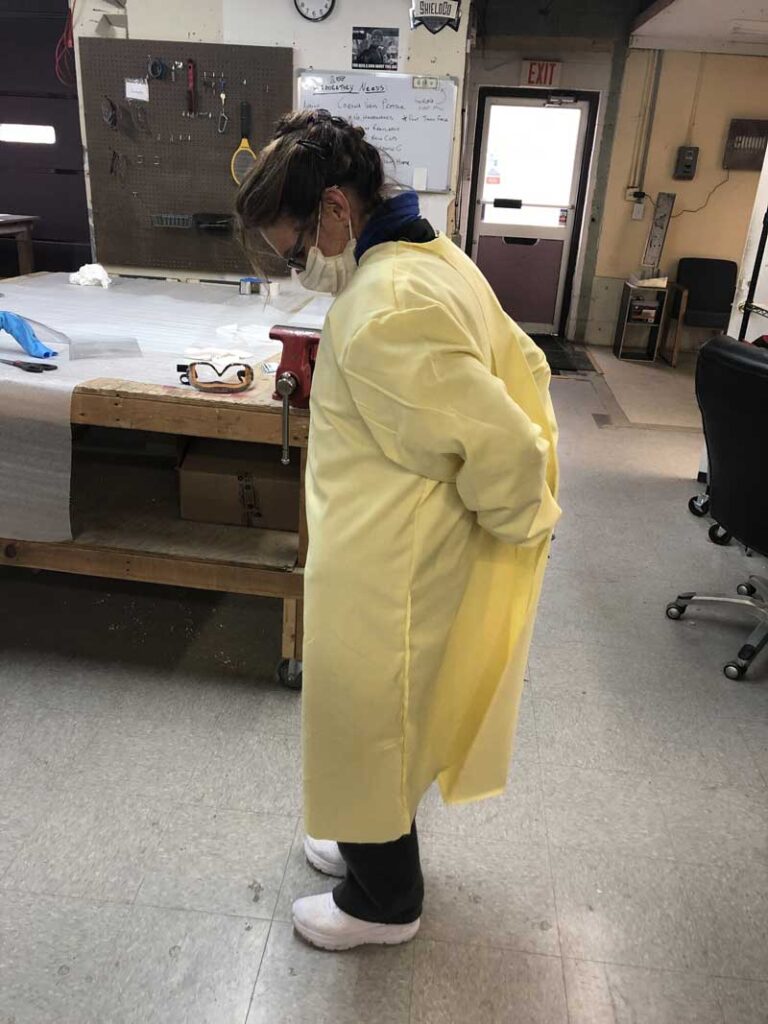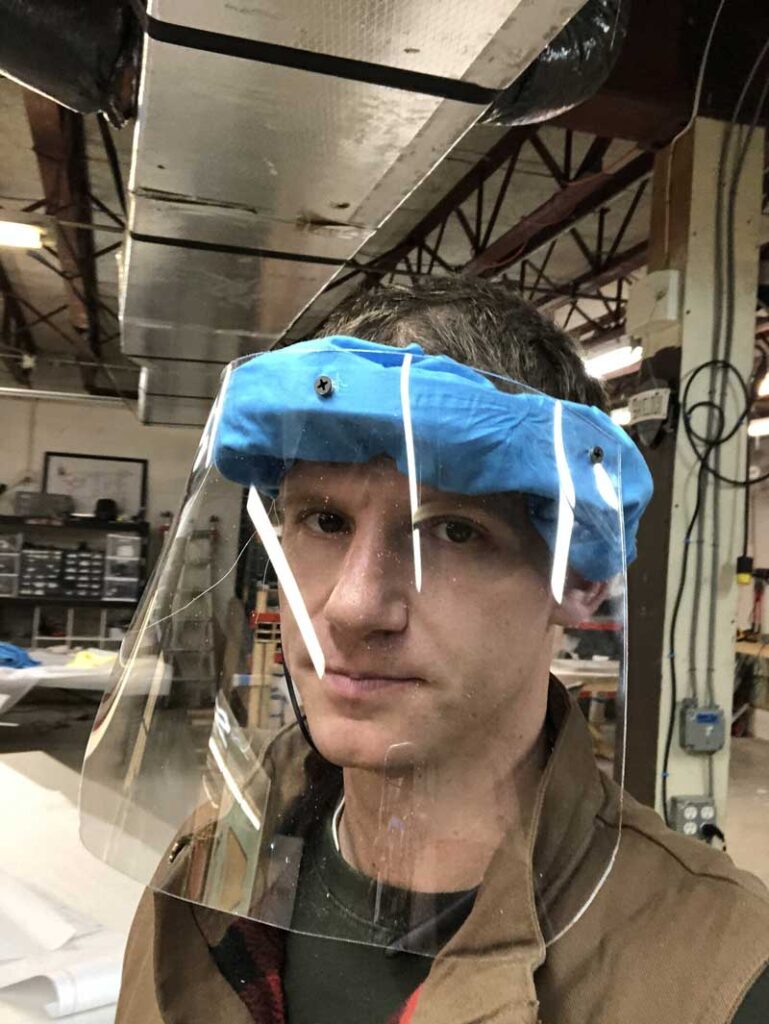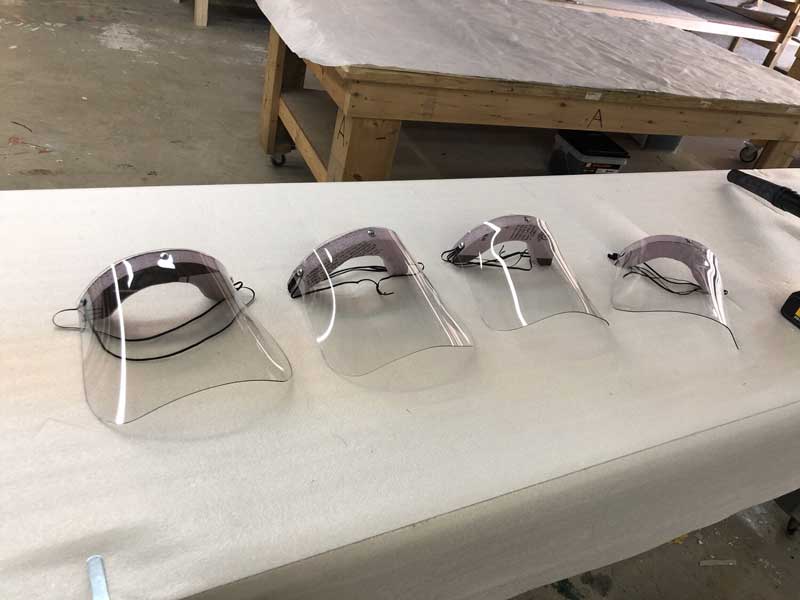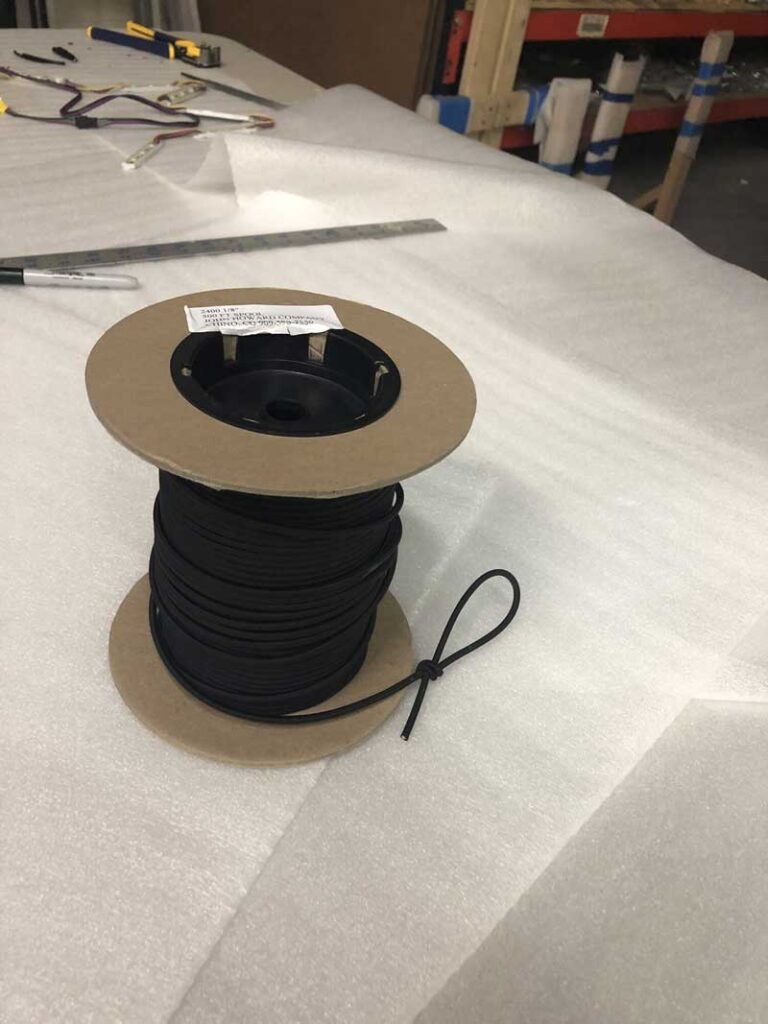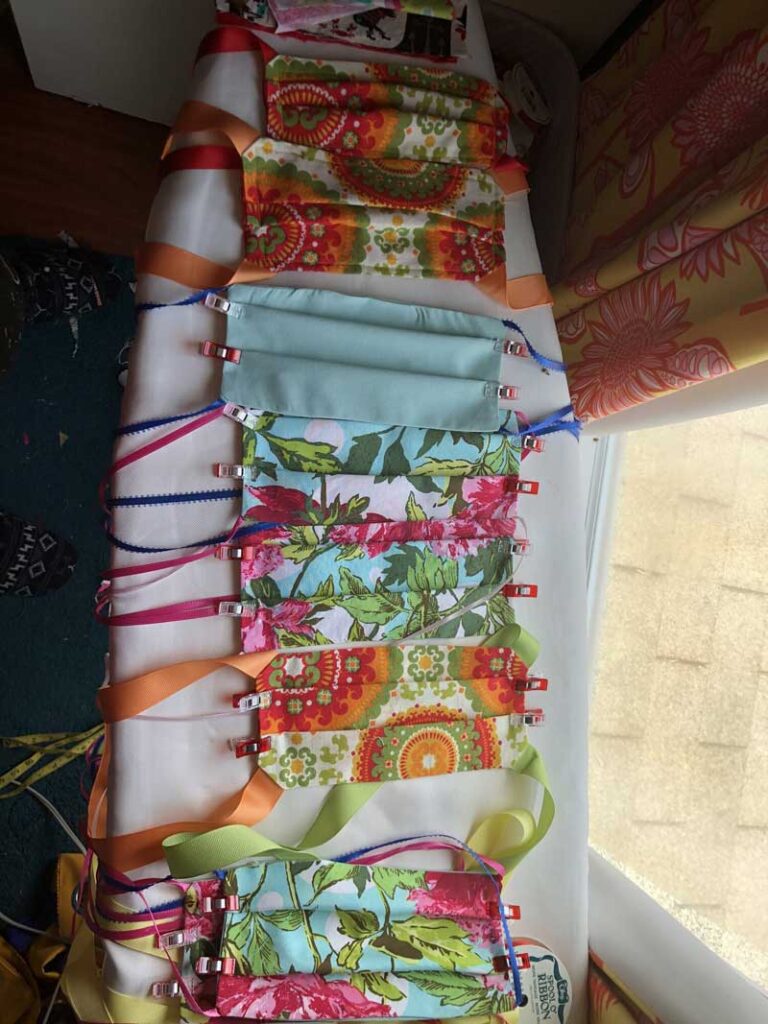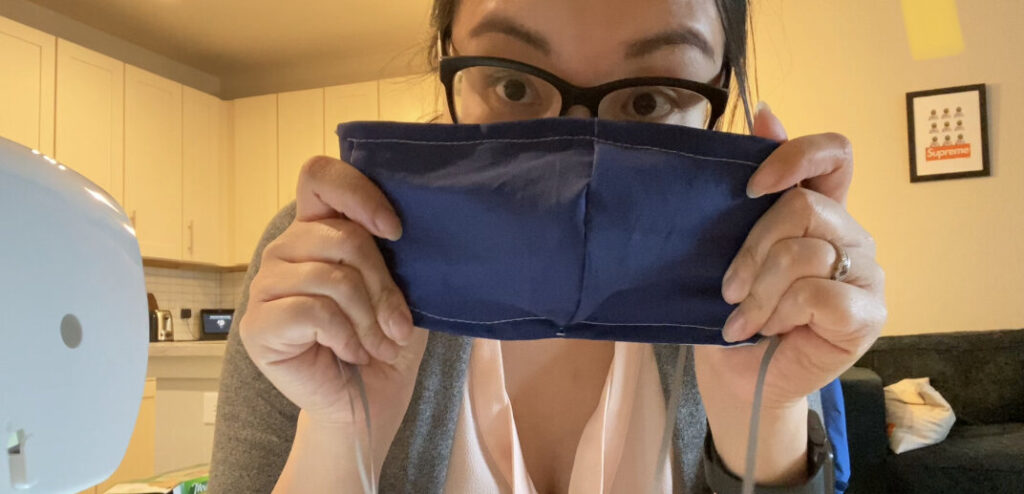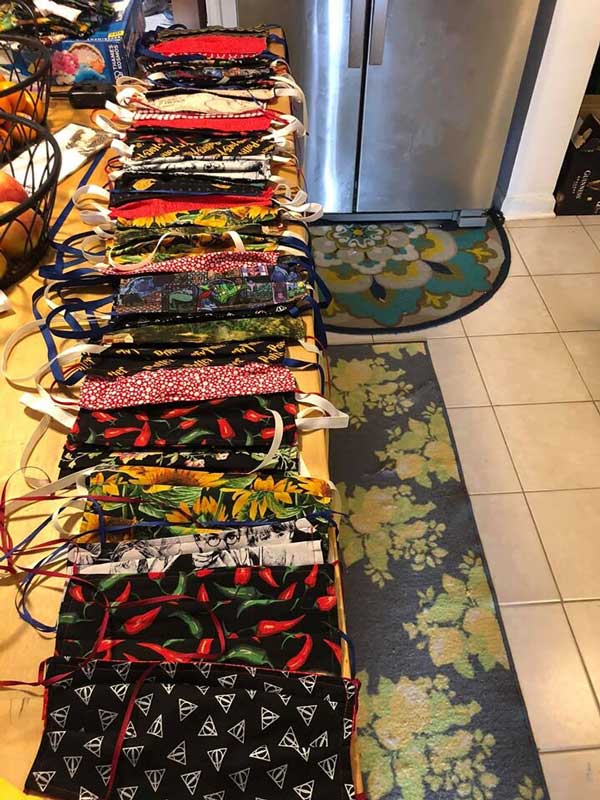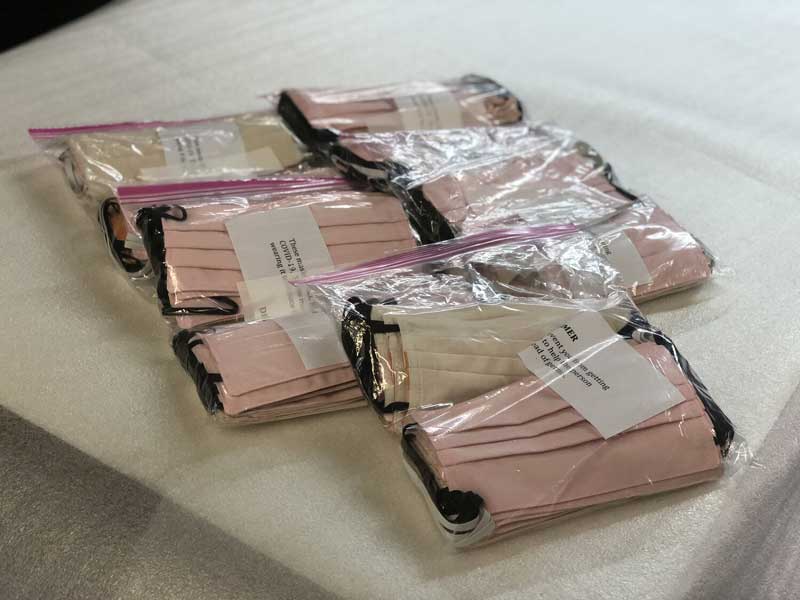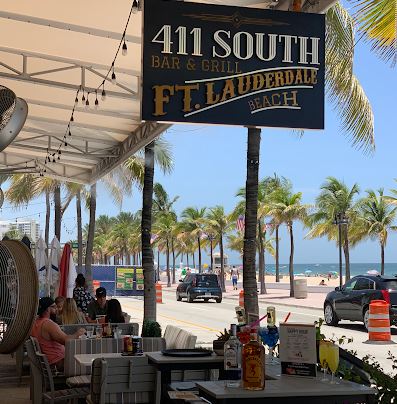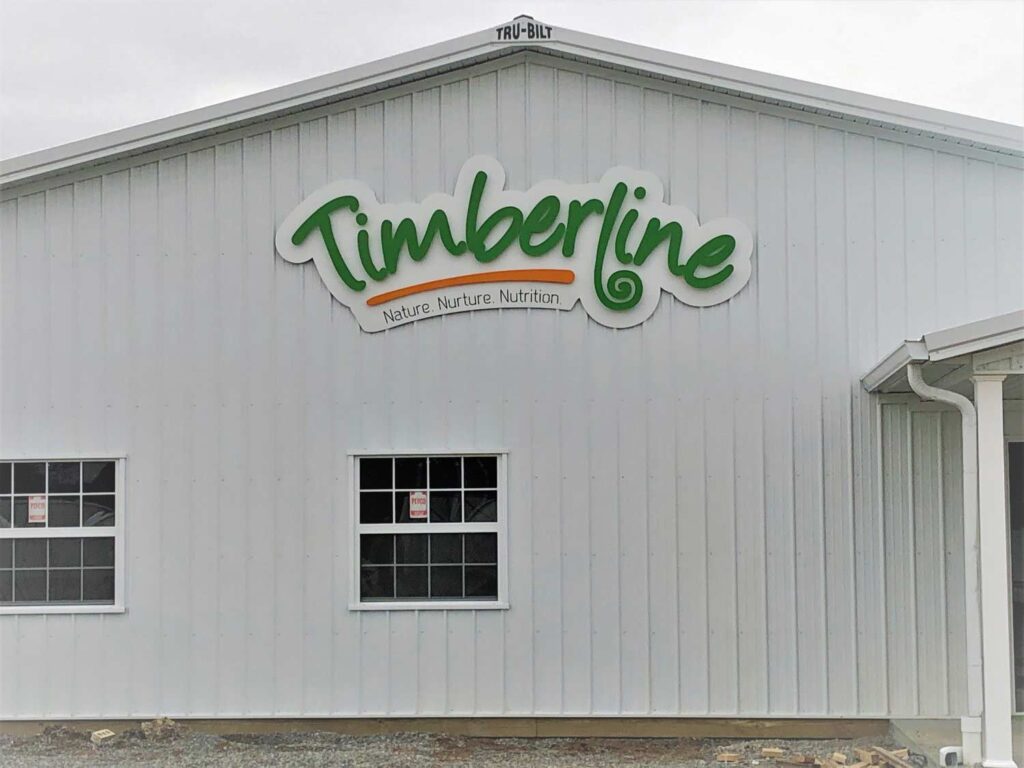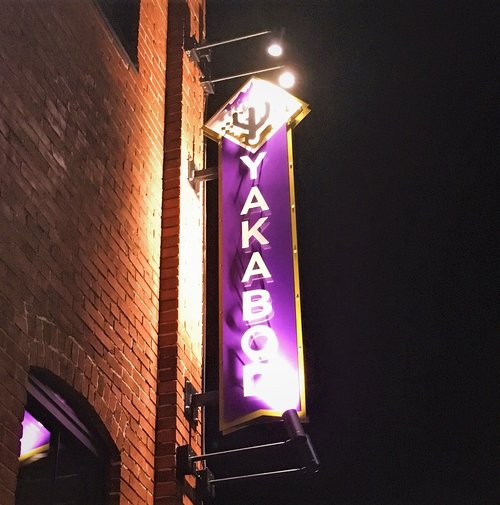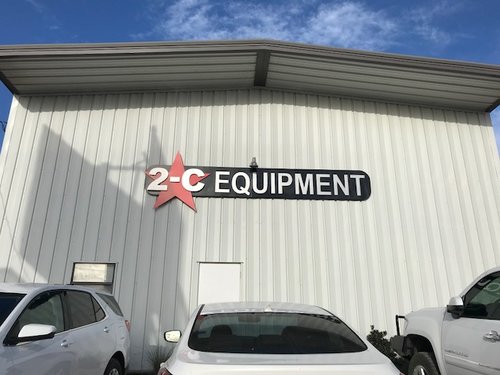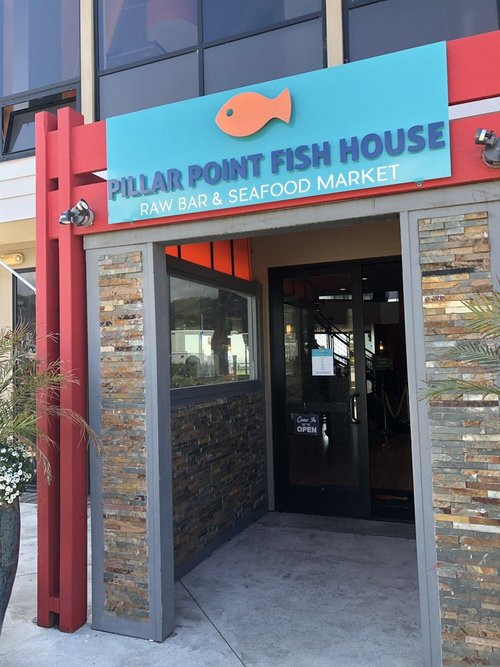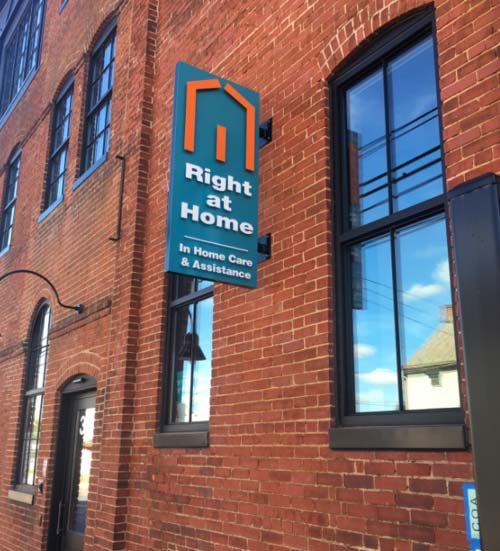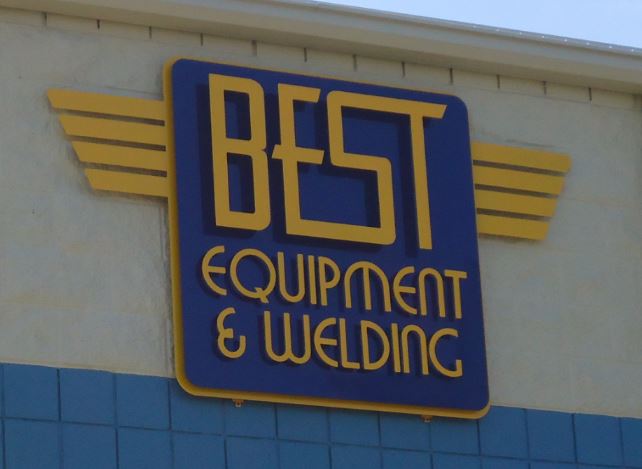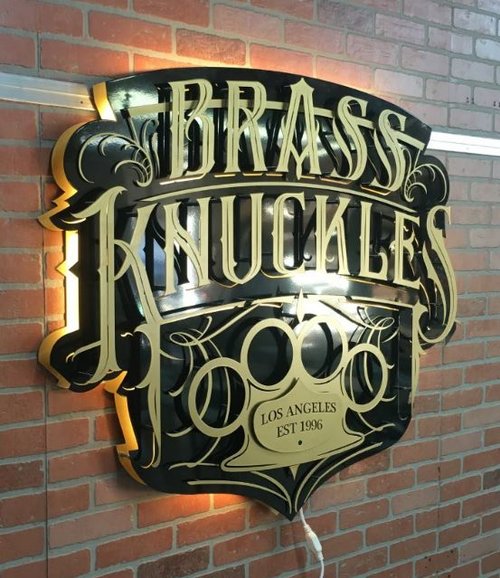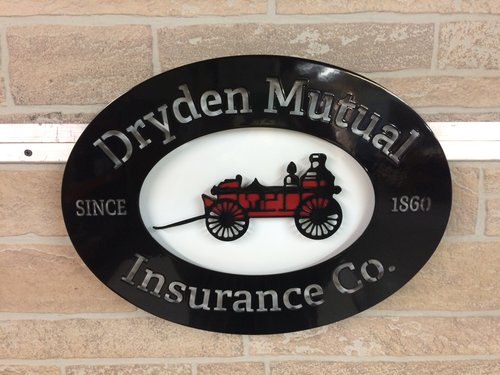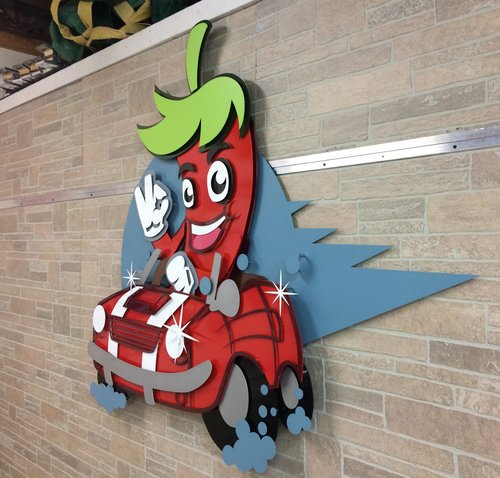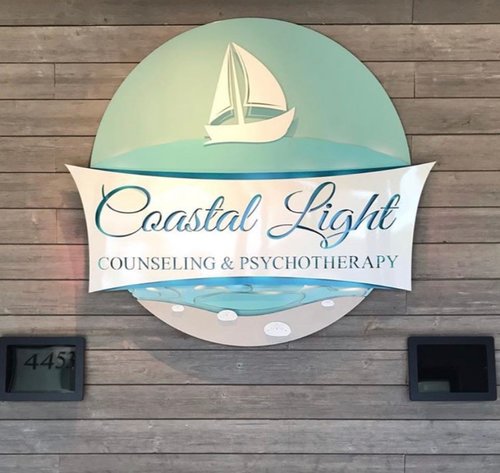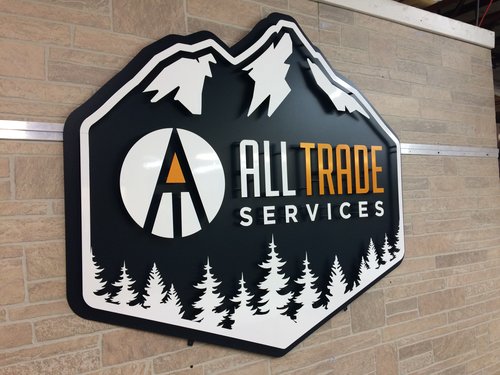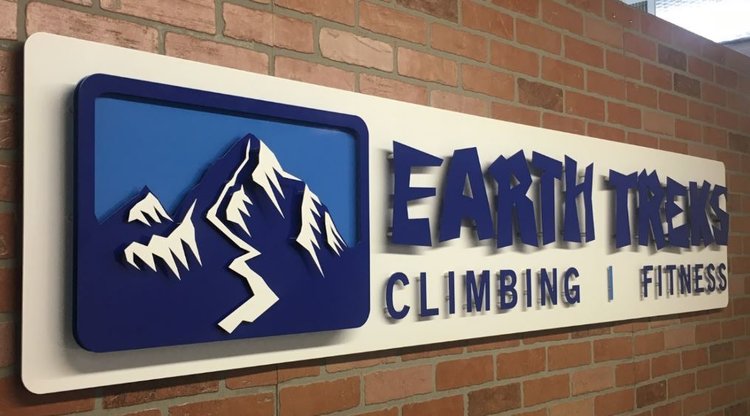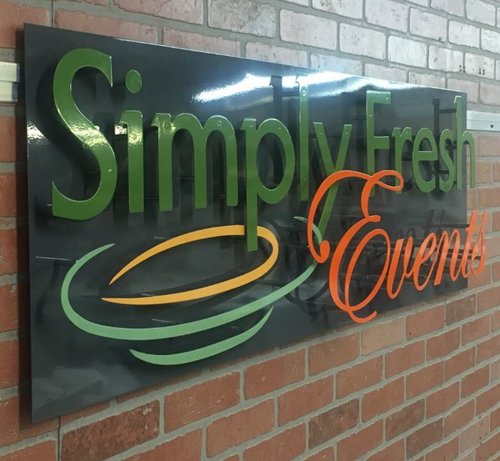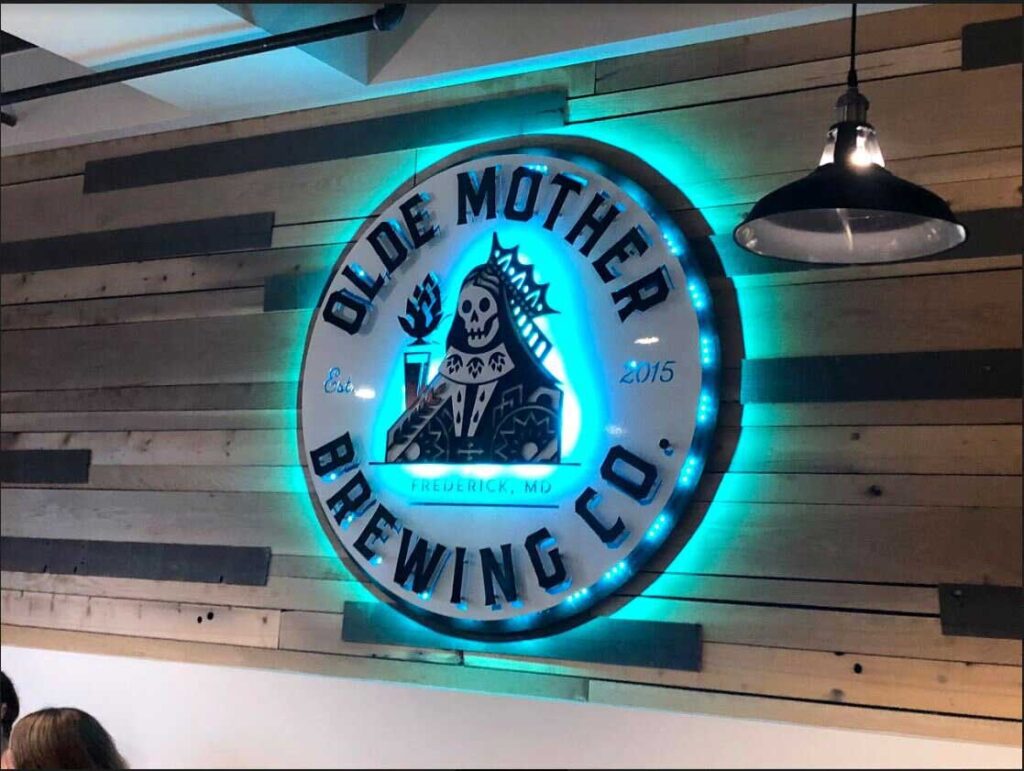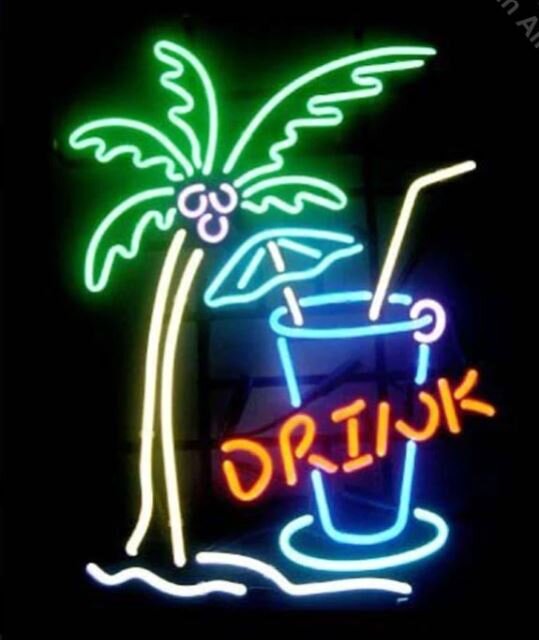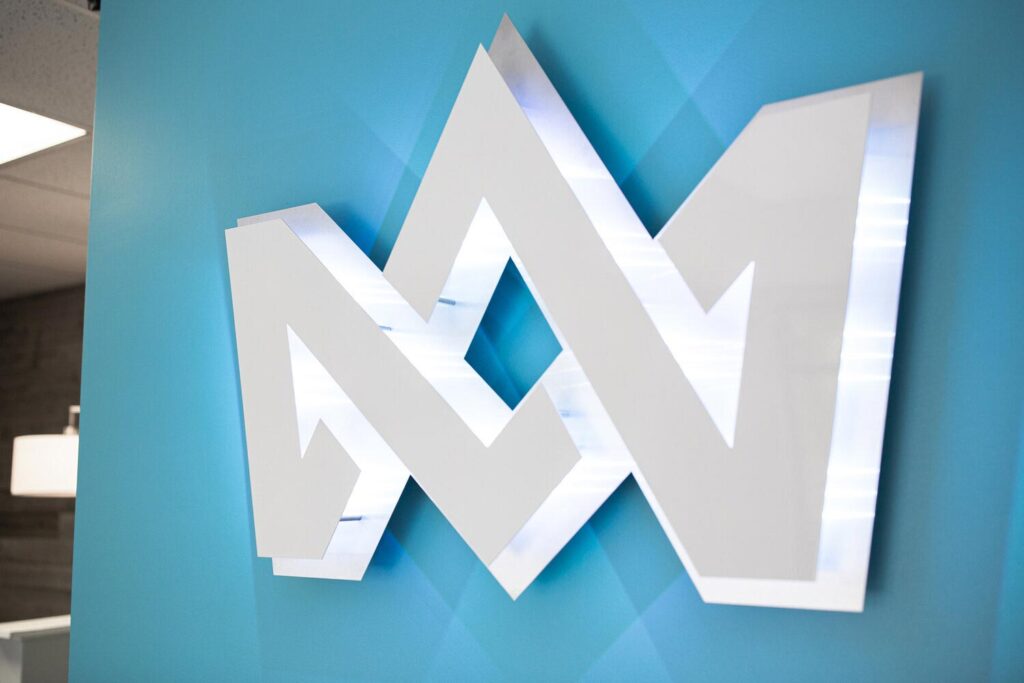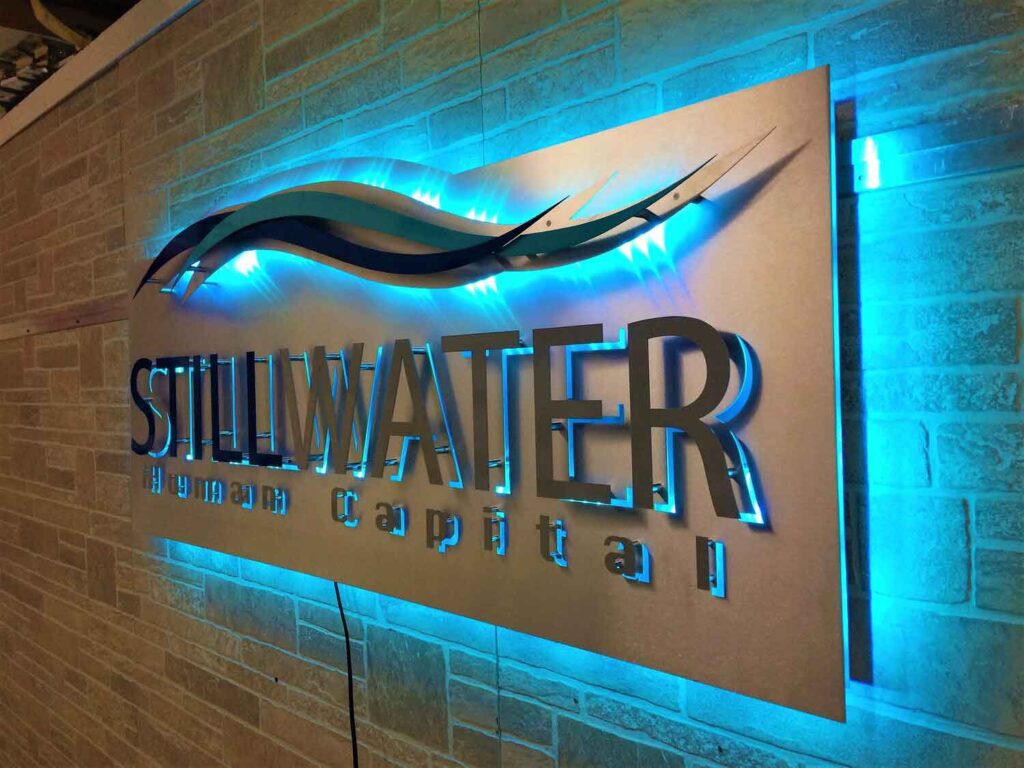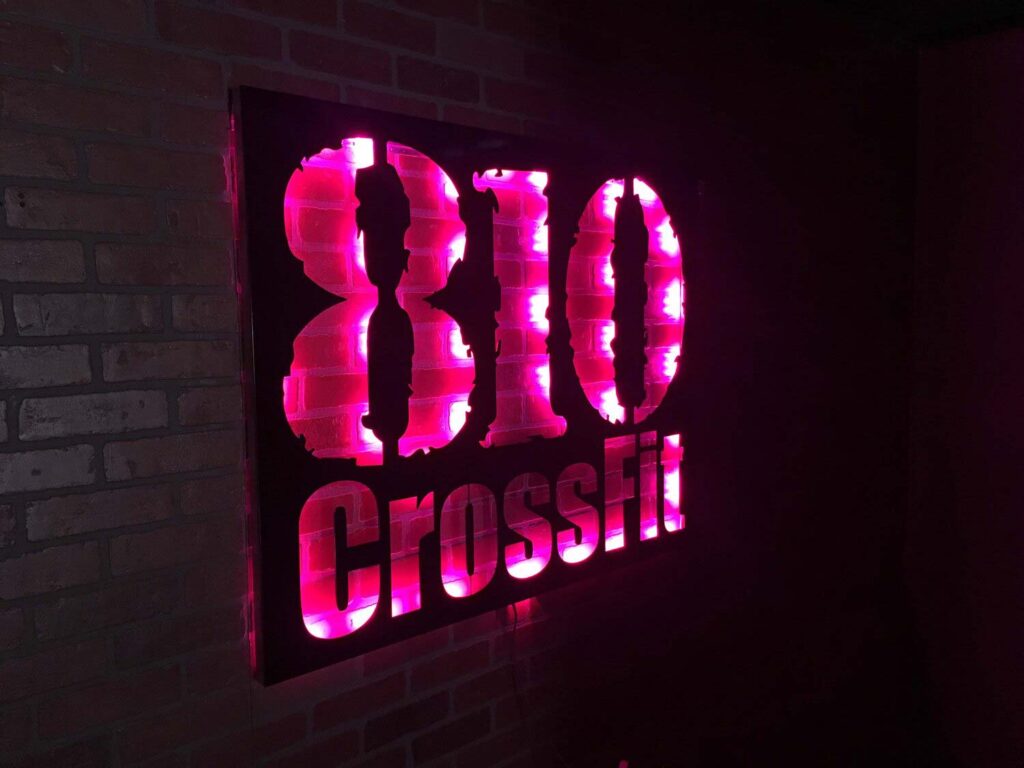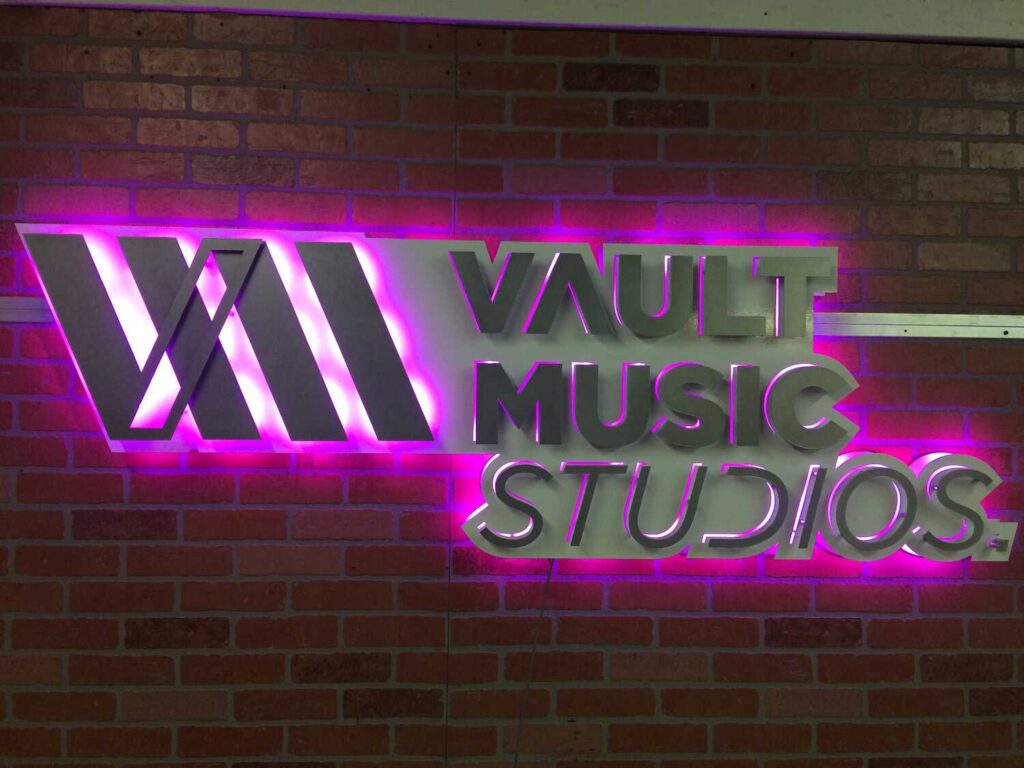Custom signs are everywhere, becoming almost as recognizable as the logos that are placed on them. Custom signs are essentially used as an identifier for a company. Custom signs typically contain the company’s logo to identify the company and their location. This allows for customers to find the location easier if they aren’t from the area, or can even be used as a landmark for locals. ShieldCo builds durable signs to serve every purpose, but there’s a lot to know when it comes to deciding on or building and designing a custom sign.
How to Make a Custom Sign
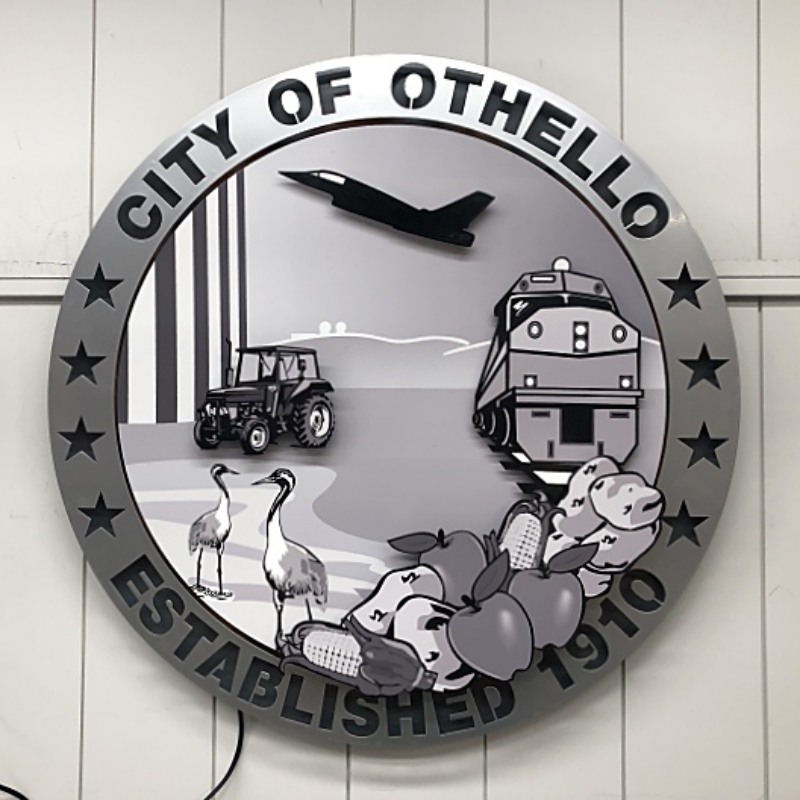
There’s a lot of things that go into making a custom sign. You have to know what you want your sign to look like, what materials to use, what colors to use, and so much more. In order to create a custom sign, it’s easier if you have a company logo to add to your sign. Your company logo is the image, design, or words that your customers will associate with your company. Most companies have a theme, so your logo should match the themes that go along with your company and your business.
This is the same with your custom sign. Remember, your custom sign is still a representation of your company and typically does include your logo. Therefore, your custom sign should be made with the same colors, text styles and fonts, designs, etc. as your logo. If you have particular company values that involve something such as going green, you may want to be a bit more picky about the materials used for your logo to put those company values in practice.
Materials to Make Custom Signs
There are lots of materials you can use to make your custom sign, but the materials you use to place your design on may effect the design itself and what materials can be used decoratively. Different materials are also used to serve different purposes, as some custom signs are made for buildings while others are made for shops inside of malls, etc. The material you use for your sign is going to be partially dependent upon where your sign is going to be placed.
Some of the most traditional signs are made with wood or fabric, as these are some of the most basic materials you can use to make a sign. They also provide a more classic look to their environment. However, some other popular signs can also be made with aluminum or metal to allow for more durability and assist in maintaining their condition through various environmental challenges. Neon signs are also popularly used either on the tops of buildings or on the windows of buildings to show whether the business is open, closed, etc.
Aluminum tends to be the best material to use when making signs because it is a strong, lightweight material that offers durability. Aluminum can also be used for indoor signs or outdoor signs, making it a versatile material to use for your custom signs. Aluminum is known to be rustproof and waterproof, making it the best material to use outdoors, as it will stand through severe weather conditions with little wear and tear. ShieldCo uses aluminum to build its custom signs because of its durability and its versatility regarding both indoor and outdoor use.
Painting Custom Signs
Depending on the sign you choose, you may need to paint or design your custom sign. Painting is most popular with wooden signs, but can also be done with metal signs and various other materials. However, the material originally used for the base of your sign may effect how vibrant the colors are that are painted on your sign as well as which paints may be best. When you are painting on metal, you typically want to use a water-based acrylic paint or an oil paint whereas if you’re painting on wood, you may want to use latex paint.
It is important to make sure you use the correct paints based on the material chosen for your sign because this can heavily effect the vibrancy and the shade of the colors used. This can also effect how long the paint will last on your sign without chipping away or showing various other signs of wear and tear. There are also certain coatings you can apply to your paints to keep them fresh and allow for more durability against severe conditions that may cause even more wear and tear.
ShieldCo uses durable, vibrant colors and has a wide color scheme to choose from. The custom signs are also dressed with a powder coating to ensure that the paint will last through severe conditions, especially if it is being used in an outdoor environment.
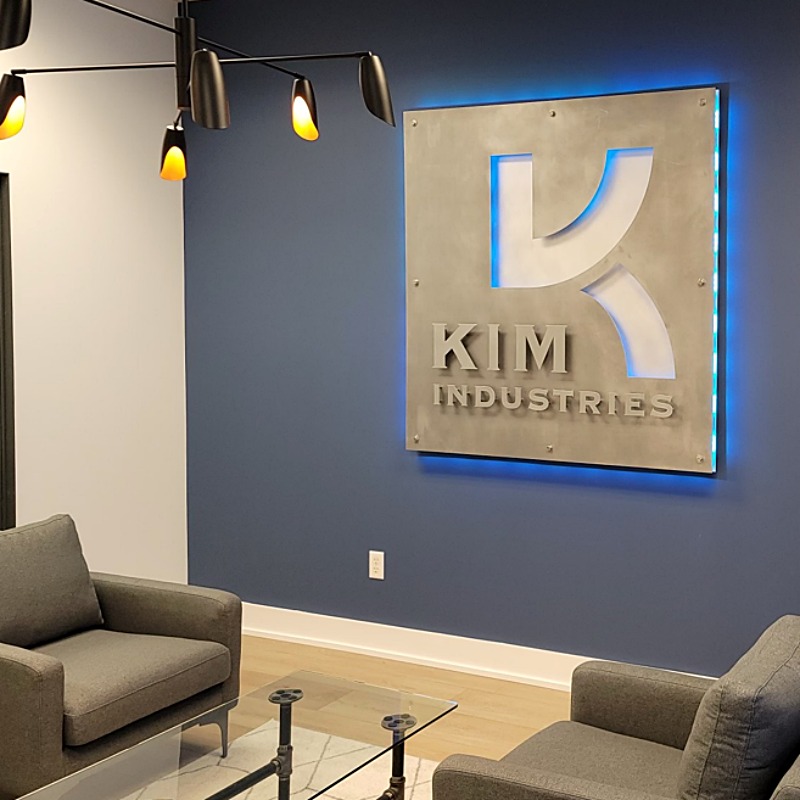
Designing Custom Signs
There are lots of things that need to be decided when picking the design for your custom sign. If your custom sign includes words, you’re going to need to choose which font you would like your sign to use, as well as the letter spacing, if you’re going to include your logo, if the sign is going to have multiple layers, etc.
Custom signs are a full, quick representation of your company, so it’s important to take some time and think about what you want your sign to actually look like. When choosing to get a custom sign from ShieldCo Art, there are many options to choose from, but the templates provided make it easier to choose the best design for your company.
If you want something simple, perhaps just your company’s logo, you could get a single layer design to get your point across but not make people think too hard about what the sign represents. If you want something more complex to draw in more attention and get people thinking and curious, you can go for something as complex as a multi-layered sign with individual lettering. This allows you to provide your company logo, the name of your company, and various colors associated with the representation of your company all in one custom sign.
The way your sign is designed depends on how much you want to get across in your custom sign. It’s a good idea to take a minute and think about what you want customers and people passing by to gather from your sign. Do you want them to see the company name or do you just want them to see the logo? Do you want your sign to include colors that represent your company or do you just want them to see the name of your company? How do you want people to associate your sign with your company? What view do you want to provide your customers with and how do you want customers to think about your company?
Great Custom Signs
ShieldCo uses the most durable materials to provide customers with the most value for their money when designing them a custom sign. Aluminum is a strong, lightweight material that can be used indoors and outdoors. ShieldCo offers a variety of vibrant colors to suit everyone’s needs and make their signs stand out. ShieldCo also ensures that they use a powdered coating as to not ruin the paint but also make sure their signs are durable enough to withstand severe conditions since the signs can be used both indoors and outdoors.
There are plenty of custom designs to choose from and ShieldCo offers a variety of templates for your viewing pleasure to ensure you pick the right layout for your design and give your customers the right idea about what your company stands for. ShieldCo even offers LED signs with a remote control if you really want to get fancy.
ShieldCo allows the option to receive a mock-up to ensure the satisfaction of their customers. When the sign is ready to be shipped, it is shipped using custom packaging to ensure that it gets to the customer ready to install with no hassle and without any damaging. The signs are wrapped up in foam to ensure no damage can be done to the sign while it’s in shipping.
It takes a lot to make a great sign, but ShieldCo has it down, especially when it comes to customer satisfaction and the varieties they have to offer, whether it be the color schemes, the designs, or the way they work with their customers. ShieldCo is focused on the satisfaction of their customers and goes out of their way to ensure that each sign is made the way the customer wants it with the best materials out on the market because let’s be honest, creating a custom sign, especaily to someone else’s image, is not easy. ShieldCo walks every customer through every step of the way to ensure that their sign is exactly the way they imagined it, or can even help customers come up with the sign they want if they need ideas.
